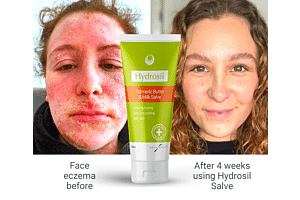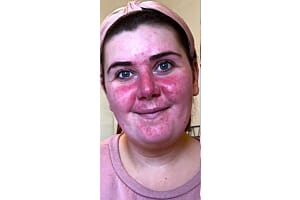A new study has found that a carotenoid ‘tan’ from eating red, yellow and orange vegetables is more attractive in women than a melanin tan gained from the sun or a sun bed.
The study, published in the July edition of The Quarterly Journal of Experimental Psychology, found that Caucasian female skin colourisation from eating a diet high in red, orange and yellow vegetables was more attractive than a tan gained from sun bathing.
Eating a high carotenoid diet gives skin a slightly yellow tinge, which both men and women found more attractive in skin colour than either no tan or a darker melanin ‘sun’ tan.
The study found that although both a melanin (sun) tan and a carotenoid (vegetable) tan increases facial attractiveness in both male and female skin, a carotenoid tan was more attractive than a melanin tan in women for both male and female observers.
In three comparative studies, the researchers examined reactions to skin colouring using controlled facial stimuli transformed to be either high or low in carotenoid coloration or melanin coloration.
The results were that carotenoid coloration in women is consistently preferred over melanin coloration when levels of coloration were matched, irrespective of the sex of the observer.
This result reflected a preference for sex-typical skin coloration. Men have darker skin than women and so high melanisation in male faces may further enhance this masculine trait making the darker melanin coloration relatively more desirable in men compared to women.
The study concluded that skin coloration appears to play a pivotal part in facial attractiveness and skin yellowness contributes the most to an attractive appearance in female Caucasian skin.







